All Science
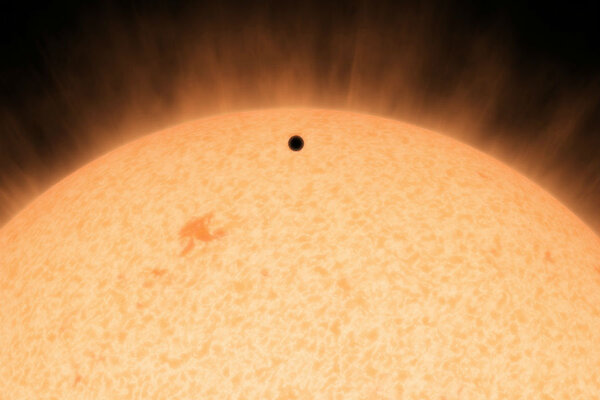 NASA finds super-Earth just 21 light years away
NASA finds super-Earth just 21 light years awayUsing NASA's Spitzer telescope astronomers confirm the discovery of the nearest rocky planet outside our solar system, larger than Earth and a 'gold mine' for researchers.
 Will comet lander Philae wake up again?
Will comet lander Philae wake up again?Sitting on Comet 67P/Churyumov-Gerasimenko, the European Space Agency's Philae lander has been silent for the past three weeks, but it could wake up as its host passes closer to the sun.
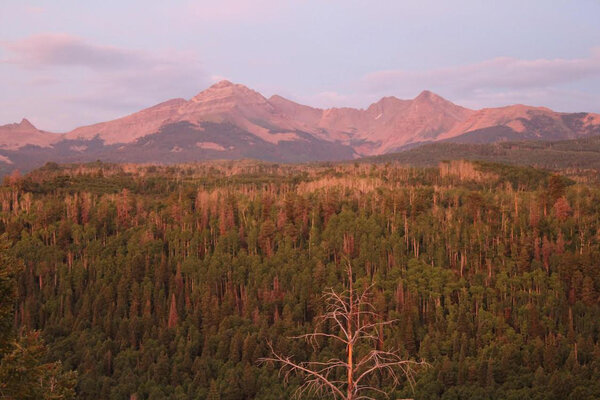 Can forests rebound from severe drought?
Can forests rebound from severe drought?Even after drought conditions subside, trees may take years to resume normal growth, say scientists.
 Archaeologists discover 1,000-year-old weak spot in Earth's magnetic field
Archaeologists discover 1,000-year-old weak spot in Earth's magnetic fieldPatches of ground in southern Africa where huts were once burned down reveal surprising clues about the history – and future – of our planet's geomagnetic shield.
 Philae finds organic molecules on Comet 67P
Philae finds organic molecules on Comet 67PPhilae organic molecules: The European Space Agency's Philae lander has given humanity its first up-close look at a comet. What new discoveries await?
 Why do we love grumpy animal memes? Science explains.
Why do we love grumpy animal memes? Science explains.Grumpy looking animals, such as the Grumpy Cat and, now, Grumpy Dog, can exploit our brains' natural tendency to seek out novelty, as well as big eyes.
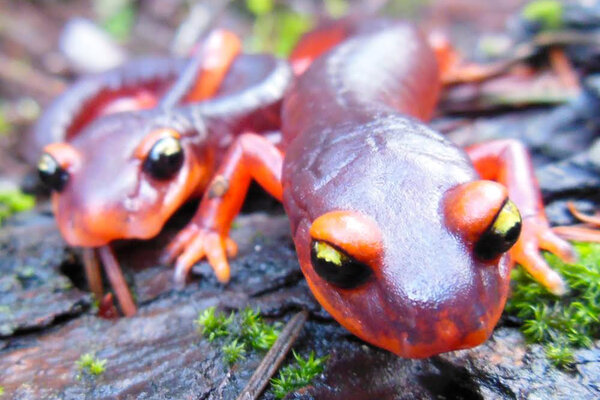 Why scientists want to ban pet salamander imports
Why scientists want to ban pet salamander importsAbout 20 years ago, biologists tried to limit the spread of a fungus that ultimately wiped out more than 200 species of amphibians. Now a related fungus called Bsal threatens more salamander extinctions in North America, they warn.
- First LookAre brown dwarfs stars or planets? Check their auroras.
Researchers have found evidence of auroras, phenomena typically associated with planets, on brown dwarf stars.
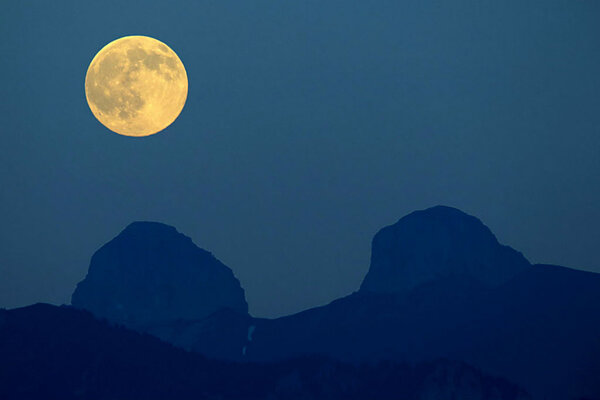 'Blue moon': Where does that phrase come from?
'Blue moon': Where does that phrase come from?'Once in a blue moon' translates to about once every three years in astronomical terms, but the meaning has shifted over time.
 Is Washington D.C. sinking? How the city can adapt to flooding
Is Washington D.C. sinking? How the city can adapt to floodingResearchers have found that part of Washington D.C. may be at risk of submerging as geological processes continue.
 World's most powerful laser: Why it's not the next Death Star
World's most powerful laser: Why it's not the next Death StarJapanese scientists say they’ve fired a beam equivalent to 1,000 times the world’s electricity consumption.
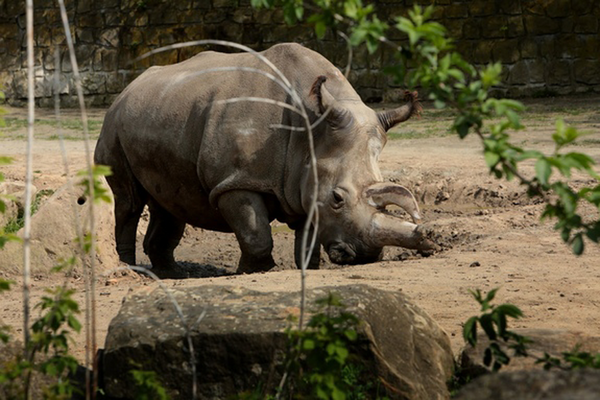 Only four northern white rhinos remain on Earth
Only four northern white rhinos remain on EarthOne of the last five northern white rhinoceroses on Earth has died
- Dwarf planet's mysterious bright spots create mini-atmosphere, say scientists
The perplexing bright spots on Ceres, a dwarf planet in our solar system's asteroid belt, seem to be creating a localized atmosphere at the bottom of a crater.
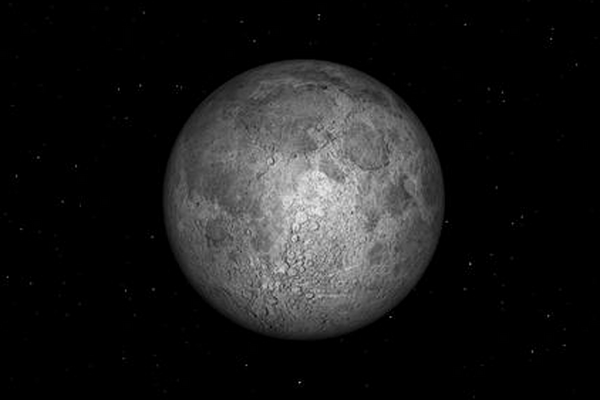 How that historic flyby of Pluto almost didn't happen
How that historic flyby of Pluto almost didn't happenNASA scientists and engineers worked around the clock to launch the New Horizons spacecraft in time for it to intercept Pluto.
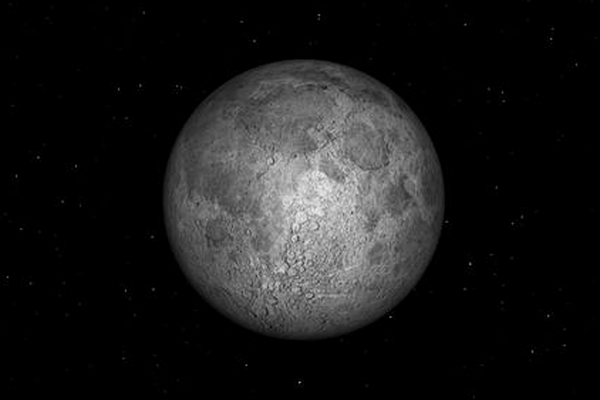 Blue moon on Friday: What you need to know
Blue moon on Friday: What you need to knowFriday brings a Blue Moon, an astronomical occurrence known for its rarity.
- Amazing photo shows shining crater on Saturn's moon
A new photo snapped by NASA's Cassini spacecraft shows a huge, bright crater on Tethys, a moon of Saturn.
- Astronomers spot auroras outside our solar system
The brilliant displays known as the northern and southern lights exist not just on Earth, but on all planets in our solar system with a magnetic field. Now, for the first time, astronomers have detected them on a brown dwarf some 18 light years from Earth.
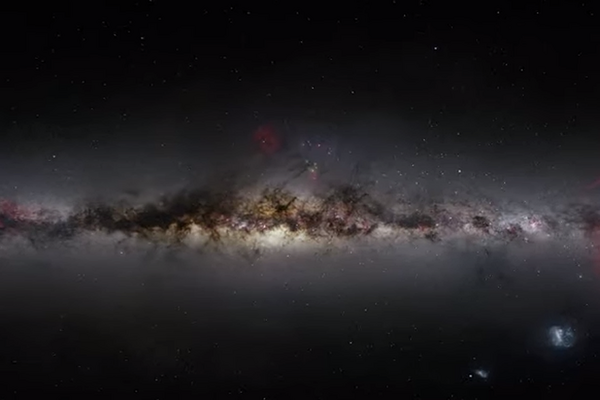 First LookLithium discovered in exploding star clears up stellar mystery
First LookLithium discovered in exploding star clears up stellar mysteryAstronomers looking out at Nova Centauri have spotted lithium for the first time in a stellar explosion.
 Blue moon: What is a blue moon and where can you see it?
Blue moon: What is a blue moon and where can you see it?Blue moon: An extra full moon on Friday will give astronomers, professional and amateur alike, the chance to look skyward once again.
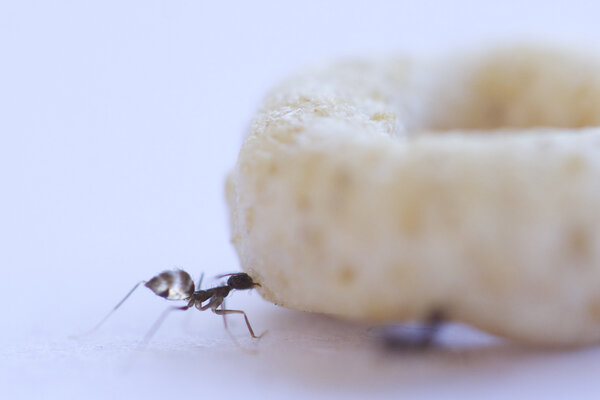 First LookHow 'crazy ants' band together to carry food
First LookHow 'crazy ants' band together to carry foodThe degree of cooperation found among longhorn crazy ants is rare outside of humans and ants, according to a new study.



















